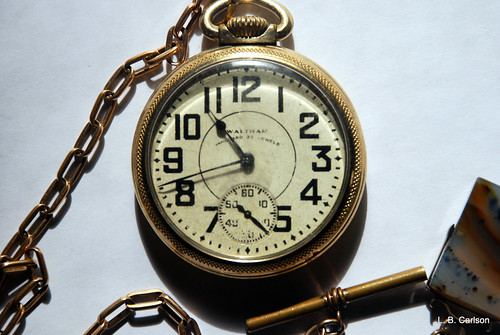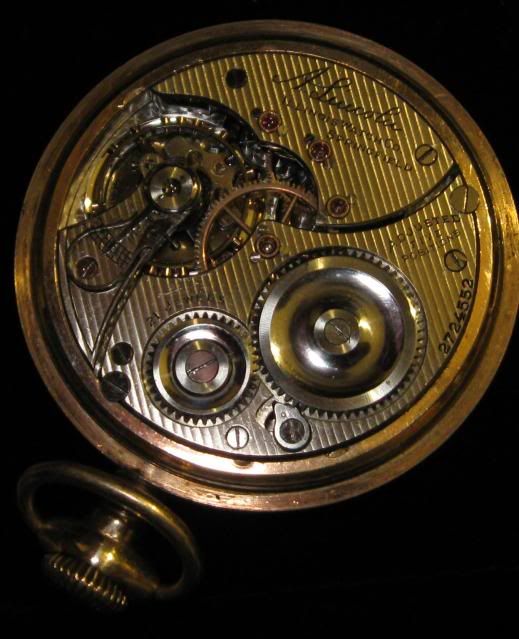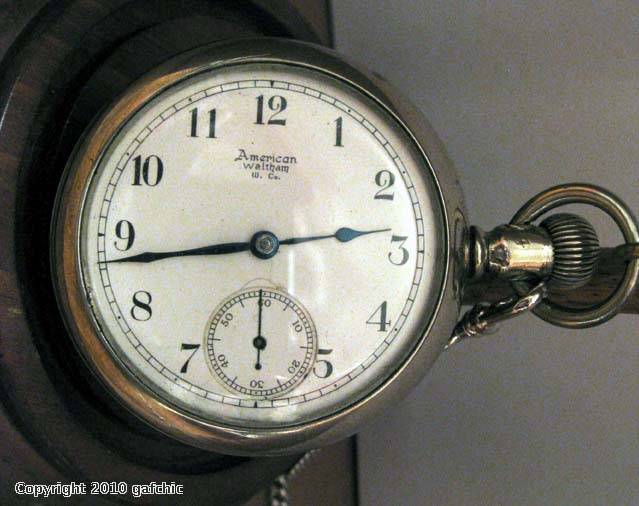Having always been interested in trains, and in mechanical timepieces, this is a topic of considerable interest to me.
Yes, I realize that from a timekeeping standpoint, any $10 quartz watch will keep far better time. You can't help but appreciate the tremendous amount of technical marvel which goes into a mechanical watch, though.
So, I'm curious to hear from the railroaders(and non-railroaders) on here what your favorite "Railroad Chronometers" are.
Although I'm not a railroader, I'll start by mentioning a few of my favorites:
I really like 18s full plate watches. Some of the best of these have to be the Hamilton 940, and the Waltham model '92 Vanguard. I'm also rather partial to the full plate Elgin B.W. Raymonds(I'm carrying a keywind one in my pocket at the moment), although they predate the above by a fair bit.
I have a few other favorites that I'll mention later.
So, bring them on. Pictures are a plus if you have them, so I'll start this off with a very, very early railroad grade watch. This was made before any sort of national standards were in place. It was marketed to railroaders, though, and was good enough that the PRR made a large order of this same model and grade in the late 1860s.
So, here's Elgin B.W. Raymond, serial number 19027, from 1867

Original Post


















